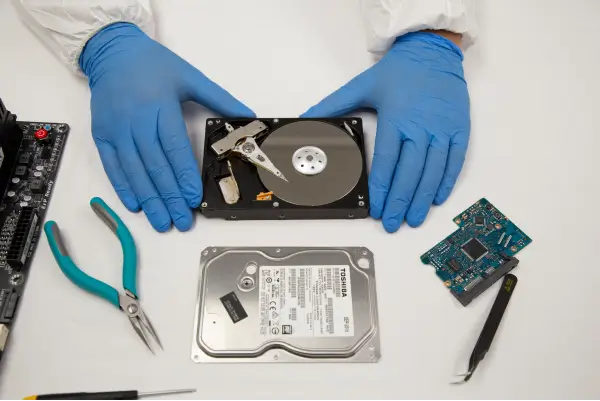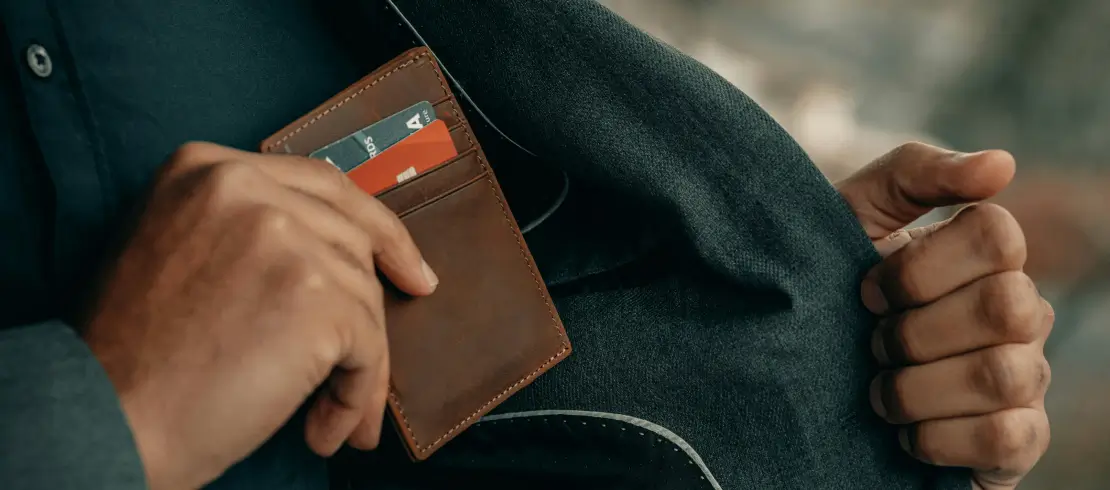After many controversial events in the realm of police work, the United States Department of Justice (DOJ) created a program that would forever change the evidence of a police officer’s activity. In 2015, the DOJ initiated a funding program known as the “Body Worn Camera Pilot Implementation Program.” Under this program, local law enforcement agencies could obtain funding to buy and utilize body cameras for their officers. Body cameras have grown in popularity since, with many issues arising from the development, one of the most important being storage of the video footage.
How Are Body-Worn Cameras Used?
Police body cameras are used to accurately document interactions between police officers and the public. They also serve to create court-admissible evidence and act as a way to check the accuracy of the testimony of either the officer or suspect. The goal of the body camera program is to encourage officers to improve their performance with the knowledge that their actions will be recorded. It also serves to highlight any issues that may arise after viewing an officer’s shift.
Unfortunately, there are no national laws about the cameras, leaving a lot of concerns open-ended. There are some police stations who only require their law enforcement officers to turn on their cameras when interacting with the public. Others must have the camera on during the entirety of their shift, which ultimately results in superiors disciplining the officers for the way they carried out their regular duties. Another issue is public privacy. In some states, there are regulations that require a police officer to ask before recording if they are about to speak one-on-one with a member of the public about a sensitive issue.
Current Storage Systems
The captured video footage is just another type of information that the police must handle. Common concerns about storage of videos include the size of the files, the length of time they must be kept on file, and the possibility of the videos being leaked online. The size of the file may be large depending on the amount of time the camera is used. Some officers are only in situations where a camera is needed for three hours of their shift. The main goal here is for agencies to determine what type of footage they ultimately want to capture.

The size of files may vary depending on the quality of the camera. If the police decide to choose a minimum resolution that is sufficient in recognizing the situation, this will result in lower file size. According to DNF Security, a report on Body-Worn Cameras reported the guidelines for the length of time files were to be stored. If the video has no crime, it is to be retained for 90 days. If it involves a citizen complaint, it must be stored for 5 to 10 years. Anything relating to the Freedom of Information Act is retained indefinitely. Many agencies used archival storage solutions to keep years worth of footage. Others use a cloud based system to save their video. The concept of storage has been an ongoing challenge for some time.
SecureDrives: the Ideal Storage Solution
Our line of SecureDrive products is hardware encrypted portable drives that offer up to 5 TB of storage and are FIPS 140-2 Level 3 validated. The SecureDrive BT can be remotely unlocked using the app on a mobile phone. In cases of keeping the videos from being leaked onto Youtube, the SecureDrive offers a layer of protection. Access to the videos is in the hands of the mobile phone user, whether that be a police officer or his superior.
In instances of 30-day storage for non-criminal related videos, the SecureDrive BT can be remotely wiped from anywhere, making room for future footage. There are several categories for length of storage time, and each category could be housed in a separate SecureDrive. The admin in charge of the drives has access to all of the devices from his mobile app and there is no limit to the number of drives one person can have.
For court-admissible evidence, there are instances where lawyers in the court system only give the police departments 10 days to turn in the evidence. Instead of raking through several years worth of footage, departments can simply choose the drive that contains that specific category of footage. In transit to the court, if the drive were to become lost or stolen, no one could access the data inside without using the unlocking app. The BT model also allows for geo and time fencing, so that the evidence on the drive can only be accessed using predetermined parameters.













